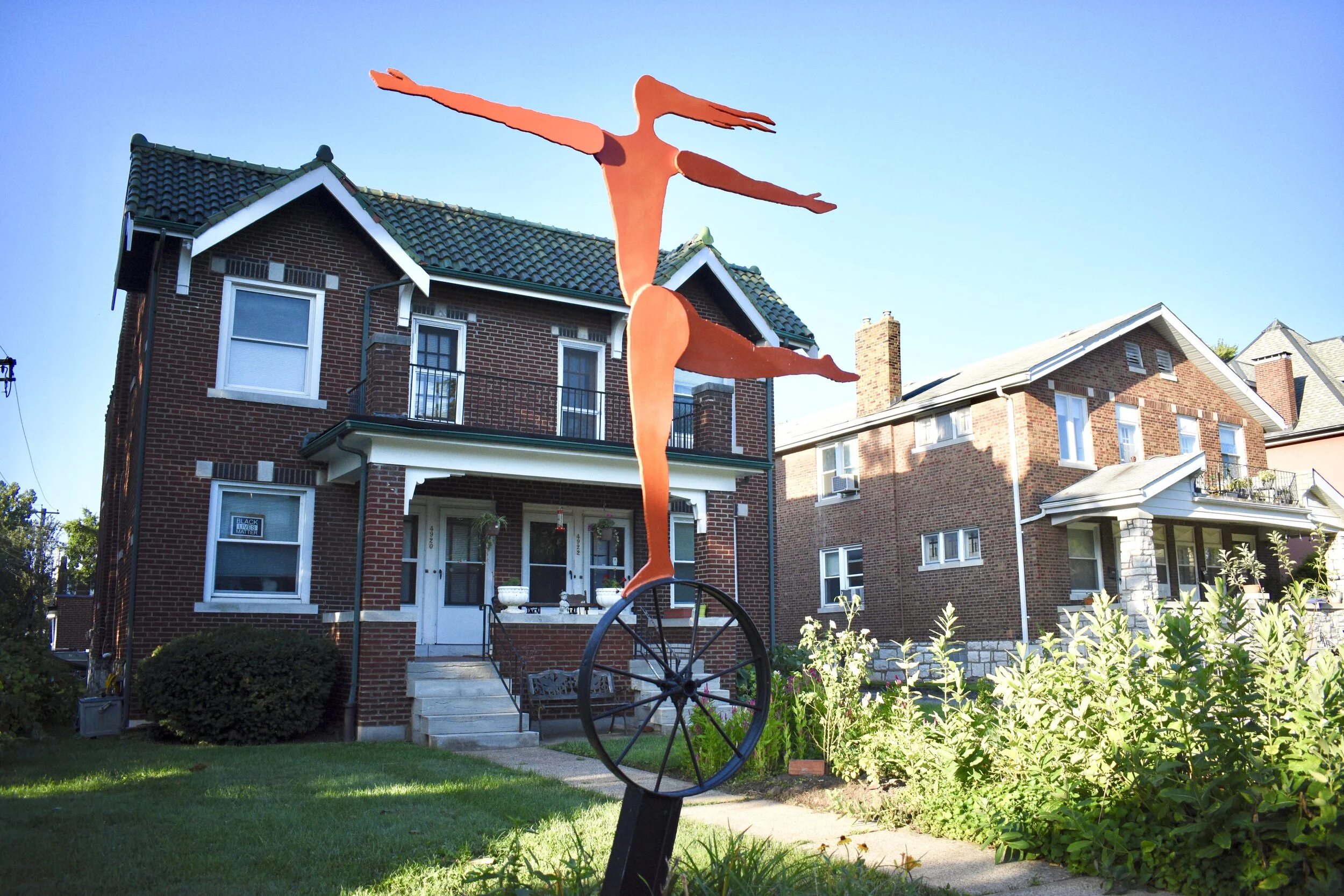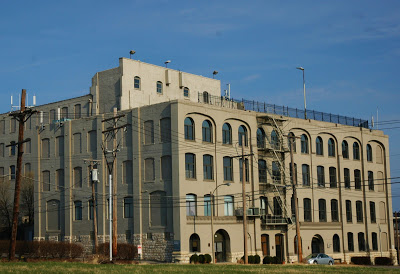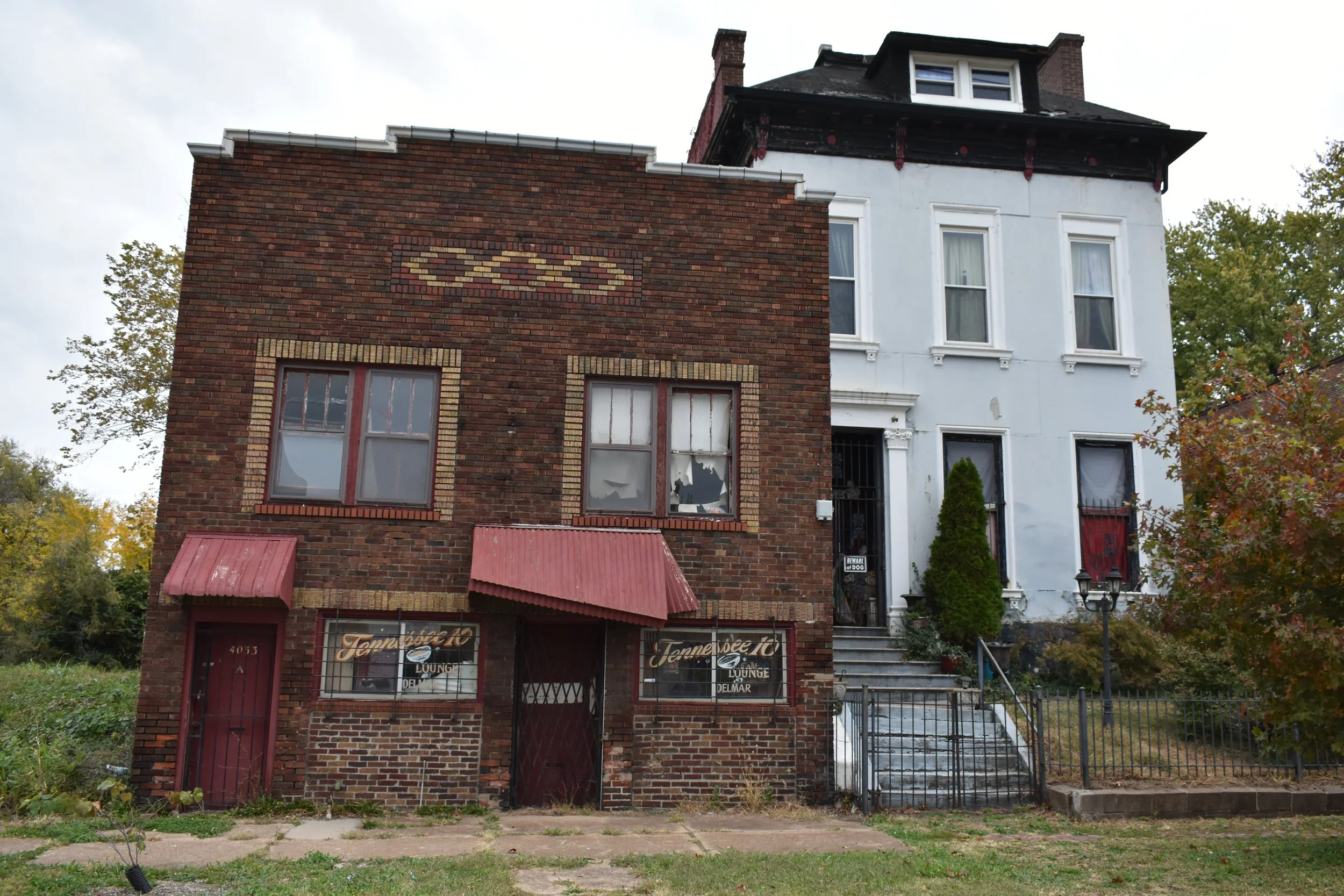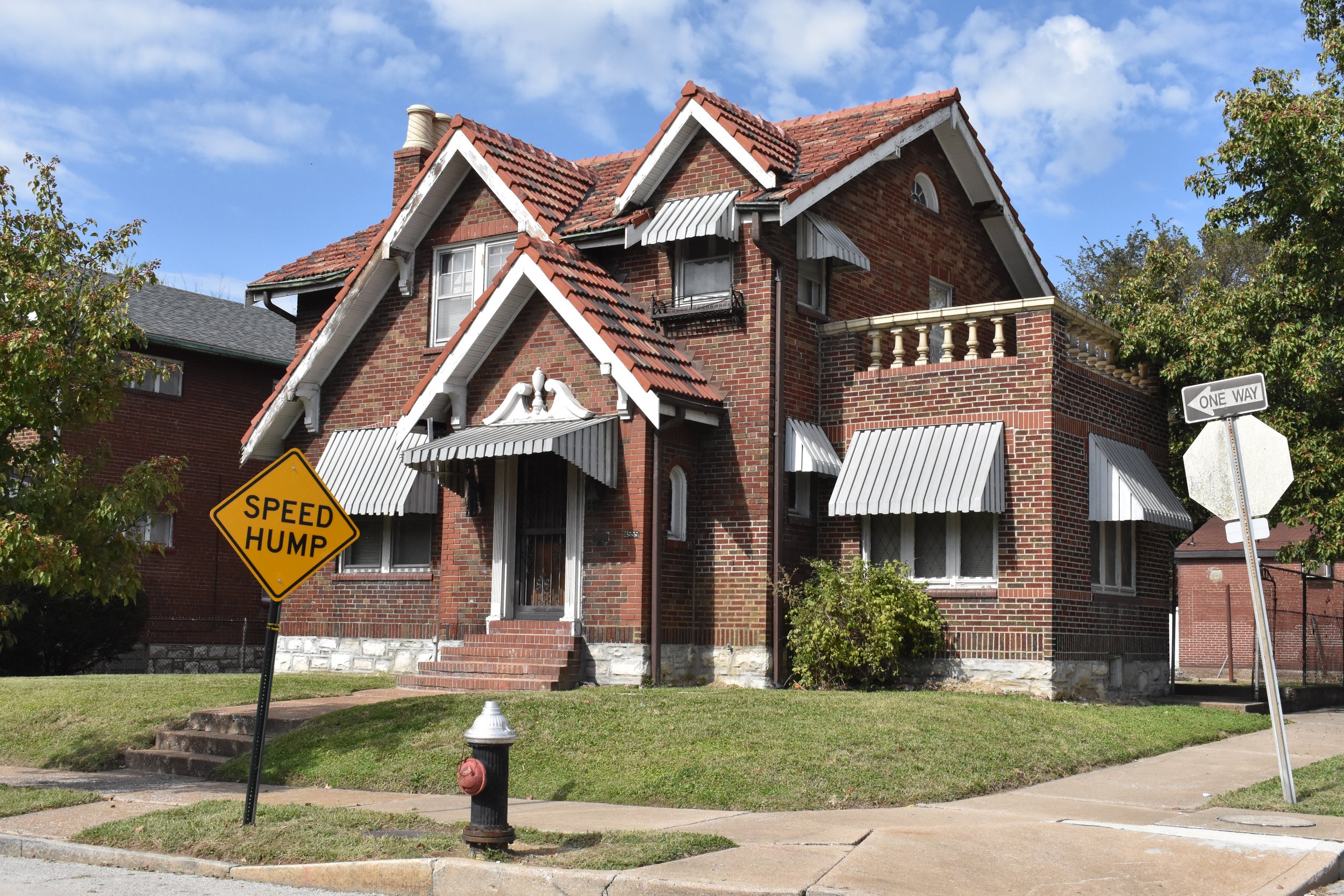I love words. Bending them, using them, or even better: misusing them....it's all so much fun. It's why I like hip hop and poetry and songwriting. I'm not an English major or writer but I love the language, all languages. You don't have to be an academic to enjoy language and English, in fact it might be quite the opposite. My favorite musicians, song writers and many authors don't have formal education. They have soul and experience though, in spades. I also love dialects and accents, I like the ones I hear around St. Louis. Folks from all over speak differently. The Bosnian cashier at the Walgreens on Holly Hills/Gravois is sexier, but less fun/hilarious than the Croat checker at Bates/Grand. Read
Winter's Bone and connect with that style, it's easy to do around here. Academics and intellectuals and elitists sometimes don't get this.
If anything pisses me off, it's people who look down on others based on the way they speak. What an ass, you don't get it do you? Our differences make us stronger. Listen to Nelly and then listen to Q-Tip and then listen to Common. Drastically different...all great. This is what makes cover songs fun. This is what makes the messenger interesting. Listen to a white dude read a Maya Angelou poem (most likely on NPR), or a black dude read a passage from Willa Cather (has this ever been recorded, please Alan Lomax help us). Great spins on great words. Totally new and exciting or overly intellectual and boring, you make the call. The Rolling Stones made a career on imitating and adding to the playing of black dudes.
Whatever you call it, I like folk music, folk writing, folks in general. If the internet age and technology has brought us anything, it's folk art. Any chump can write or sing or perform or whatever and the world can access it and critique it, laud it, ignore it or ban it immediately. It's a new audience if nothing else. We see what people are doing all over the world and we're all having fun and are unique. Tosh.O, this blog, you name it.
So let's celebrate the times and talk some shit about words and the modern society and culture and urban context of words in St. Louis.
One of my upcoming series after the neighborhood thing I'm doing will be spieling on words with an urban context that have completely taken on new meanings in modern times (read ghetto or gangster) or words that are inflammatory or confusing or just flat out misunderstood (read gentrification, hipster, urban or hoosier). I can't wait to get started on this and I'm going to try to enlist the help of some better read/versed friends to help me with this. I hope to interview some folks and neighbors and anyone else interested. If you have a word or an accent or a dialect that you think is unique, confusing or different in St. Louis than anywhere else, drop me a line and I'll try to work on it.
In the on-deck circle: GHETTO!!!!!! Stay tuned kind reader.


















